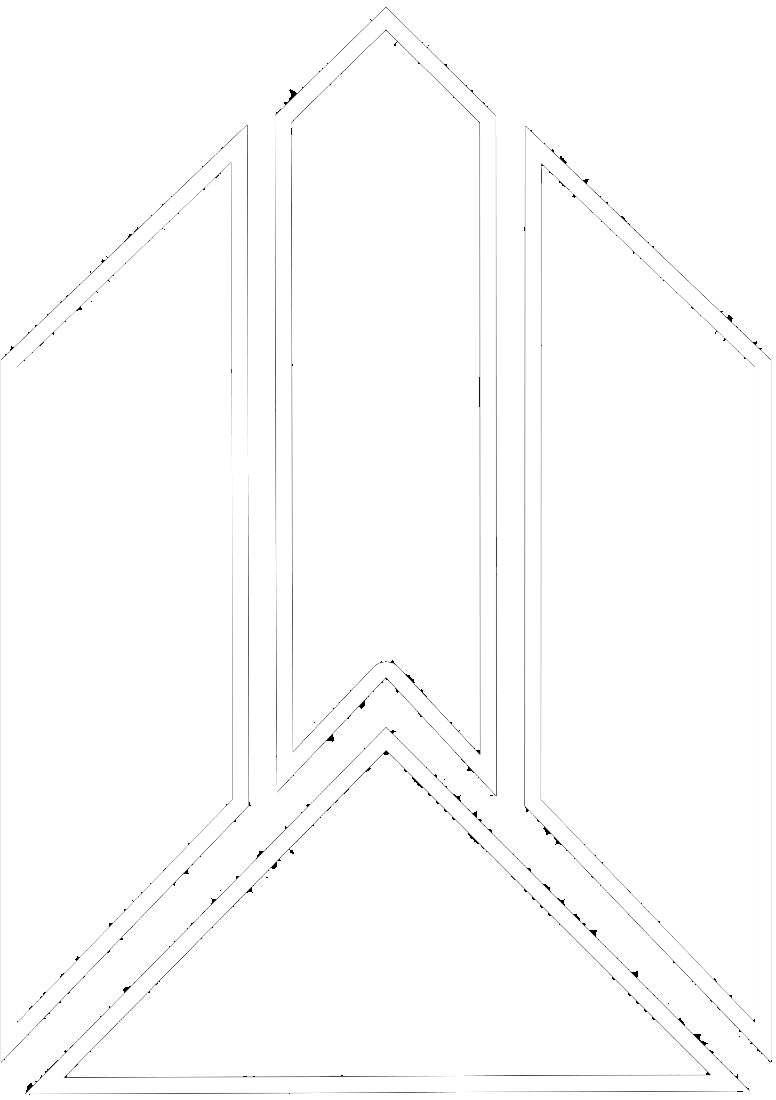The first thing that tends to come to mind when one thinks of embroidery is your grandmother’s old-fashioned wooden hoops, with simple designs portraying barnyard animals, fairytale figures, or cross stitch lettering. While there is nothing wrong with these nostalgic pieces, of course, this idea has unfortunately limited the view of embroidery in the public eye, and relegated a unique and complex art form to a craft for pensioners.
The art form of embroidery has ancient roots, with the first discovered pieces of clothing decorated using thread dating back to nearly 30,000 BCE. Numerous civilizations have used threads to create decorated clothing, tapestries, furniture coverings, and more. The tomb of Tutankhaman in Egypt contained embroidered clothing worn by the pharaoh himself, and advanced embroidery depicting complex patterns and animal figures began as an art form in China as early as the 3rd century BCE. Arguably the most well-known piece of embroidered art is the Bayeux Tapestry. Standing at seventy metres long and half a metre tall, it depicts the Norman conquest of England, and would have taken an army of artists to complete.
It was by the Renaissance era, however, that embroidery as we see it today truly rose in popularity across Europe. The grandeur of Elizabethan fashion showcases this, with many artistic portrayals of Elizabeth I and other nobles showing the heavy use of hand-stitched details in fashion, especially on women’s gowns. This continued into the Ancien Régime in France, as the aristocracy popularised increasingly extravagant dresses and thus even more detailed embroidery. It was also during this period that embroidery rose as an idle craft. Wealthy young women often created elaborate pieces of needlework in their free time, and it is this era that led to the rise of the concept of embroidery as a womanly activity rather than a fine art form.
Indeed, since the 18th century, embroidery has repeatedly fallen in and out of fashion, and by the mid 1900’s it seemed as if its heyday was officially over. However, in the last two decades it has experienced an unexpected revival, both in the fashion and art worlds.
The beginning of this revival can be traced back to John Galliano’s collection for Dior in 2000, which featured an elaborate gown calling back to the styles of 18th century French aristocrats, with a revolutionary twist. Highly detailed, it portrayed on one side a scene with Marie Antoinette as a shepherdess, and on the other a scene with the lady being led to the guillotine, all hand embroidered. Y2K fashion picked up on this primarily in the form of embroidered jeans and bucket hats. In 2016, the embroidered denim trend expanded, and jean jackets with floral or more eclectic punk-inspired embroidery became incredibly popular. Indeed, embroidery houses employing highly skilled artists have seen rises in custom orders from design houses such as Chanel, Tom Ford, and others. Young individual artists have also emerged onto the fashion scene. Vita Kin, Asiya Bareeva, Purvi Doshi: all of these women have made names for themselves for the beautiful and painstaking stitch work incorporated into their fashion designs.
However, the fashion scene is not the only area which has seen a revival in artistically crafted needlework. The art scene as a whole has experienced the rise of what is often referred to as “artistic embroidery” or “modern embroidery”. There are many different aspects to this new form. Artist Sarah K. Benning makes use of the traditional hoop form to create elaborate scenes which balance the natural and the domestic. Meanwhile, Australian creator Meredith Woolnough uses water soluble fabric and an embroidery machine to sculpt natural forms out of thread. Kathrin Marchenko makes use of thick threads, large circular frames, and translucent tulle fabric to craft highly realistic and stylized portraits and scenes which appear to be floating. And these are just a few of the numerous modern embroidery artists who have helped to evolve this art form.
With the unique form of modern embroidery developing constantly, and the steadily increasing use of this textile art in fashion, it seems that there is yet hope for the lost craft of needlework. The younger generations’ wish for individuality and value for handicraft has allowed for a deeper appreciation of art forms such as this one, which were relegated to the work of machines or idle hands by the industrial culture of the mid 1900’s. It is my hope that this enthusiasm for embroidery continues to grow and develop within the fashion and art worlds in the years to come.
By Emma Davis
